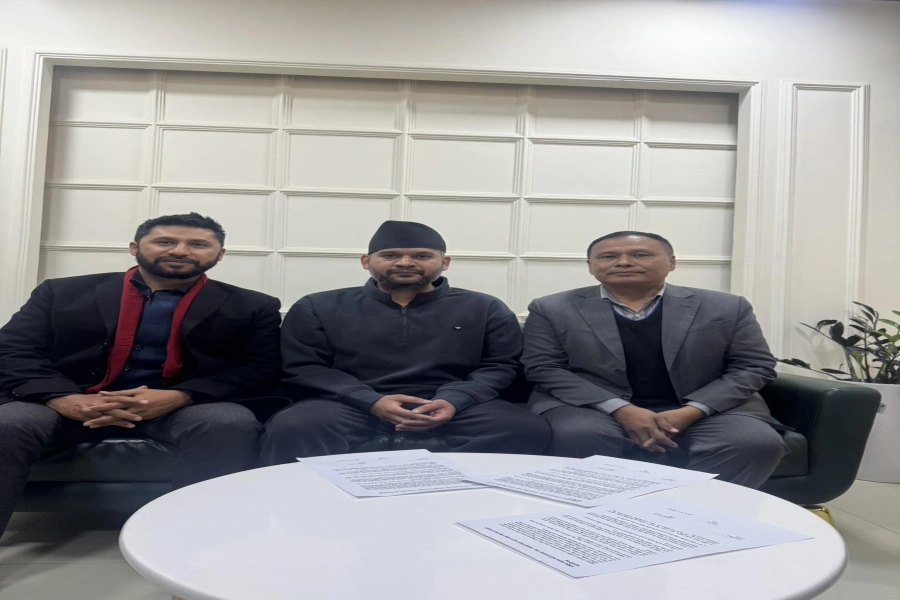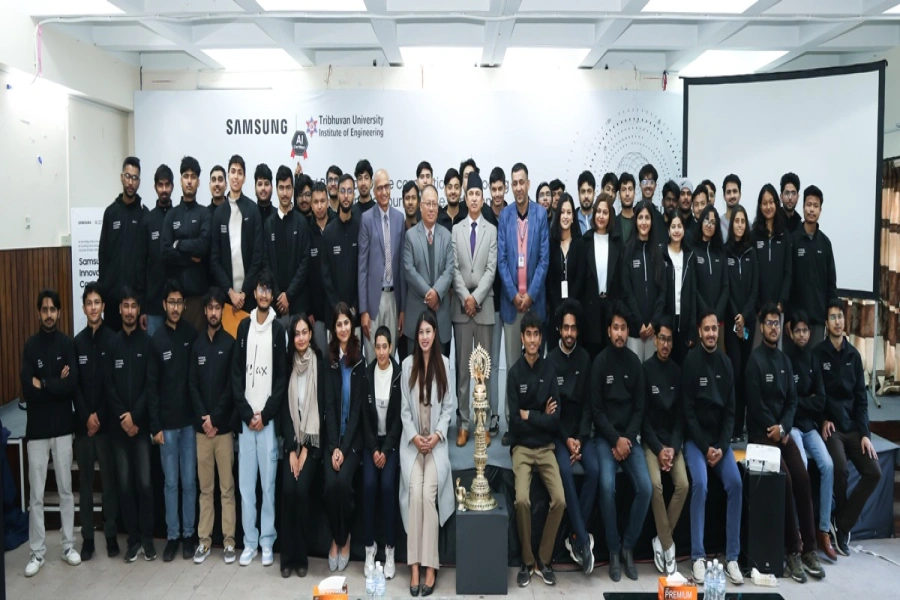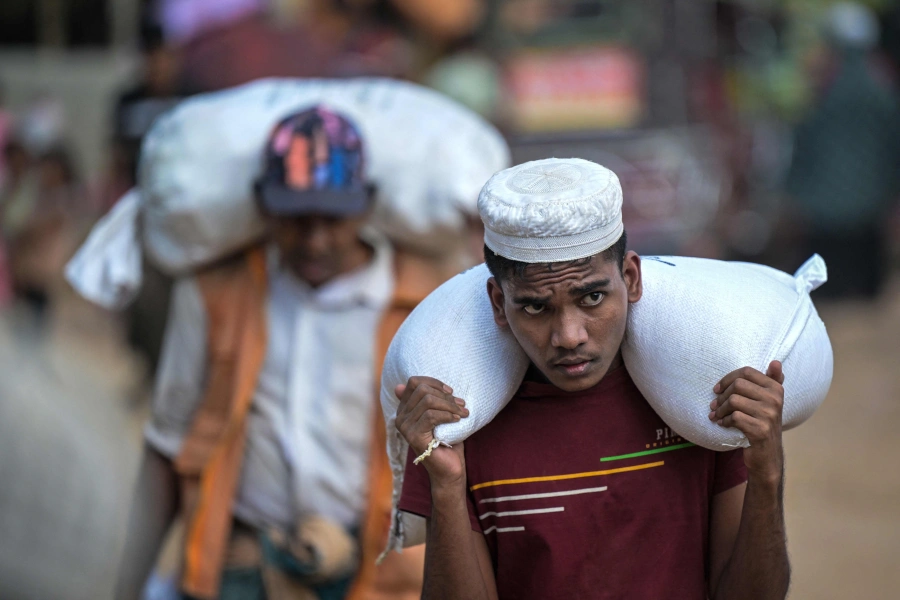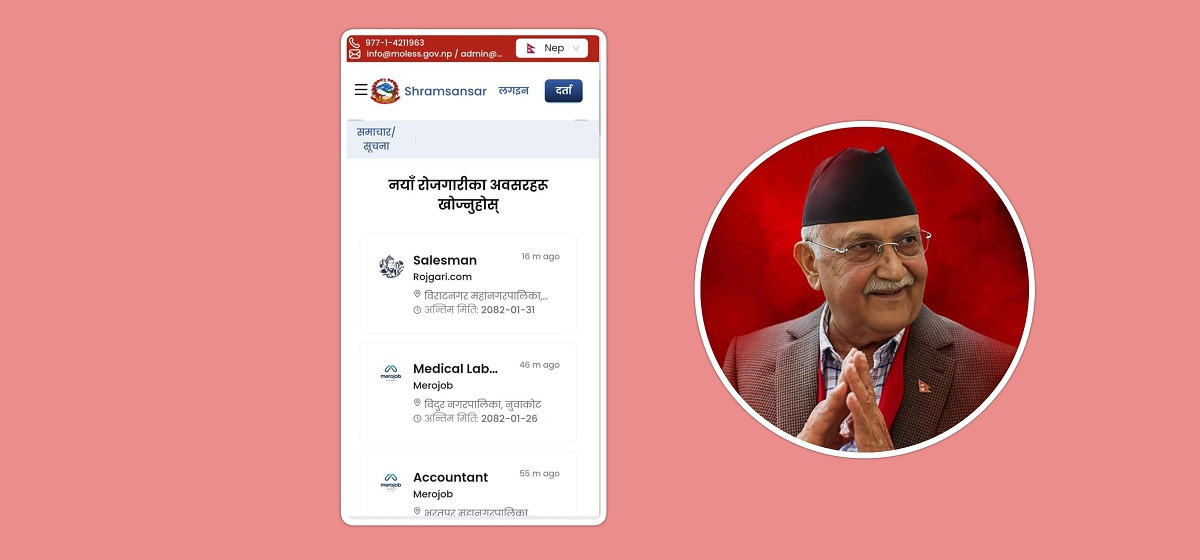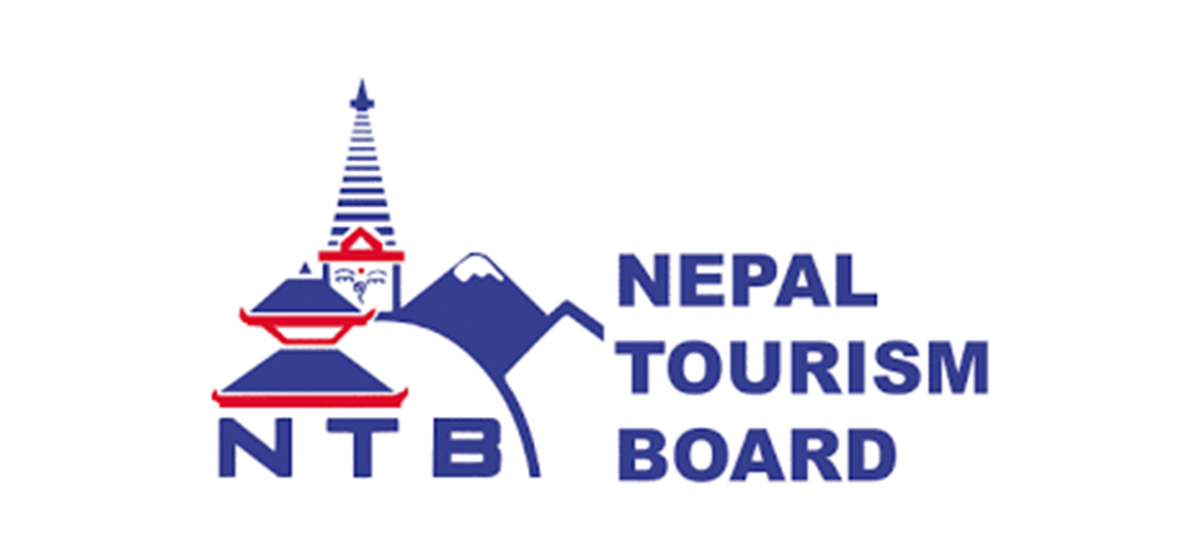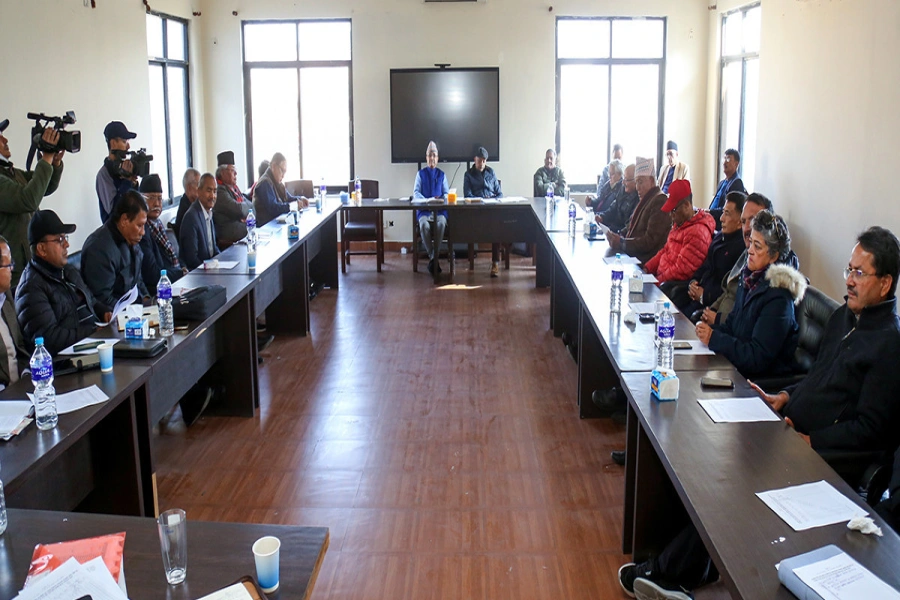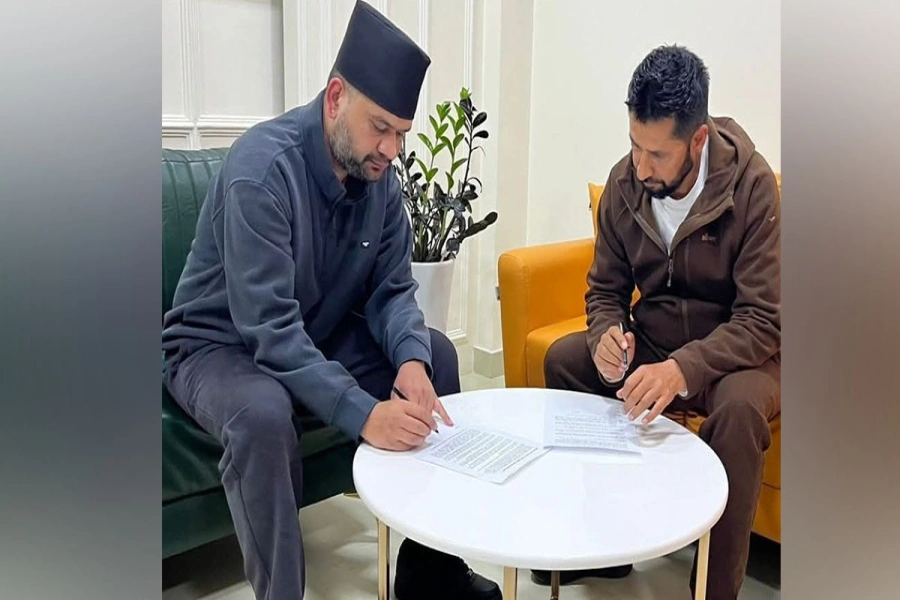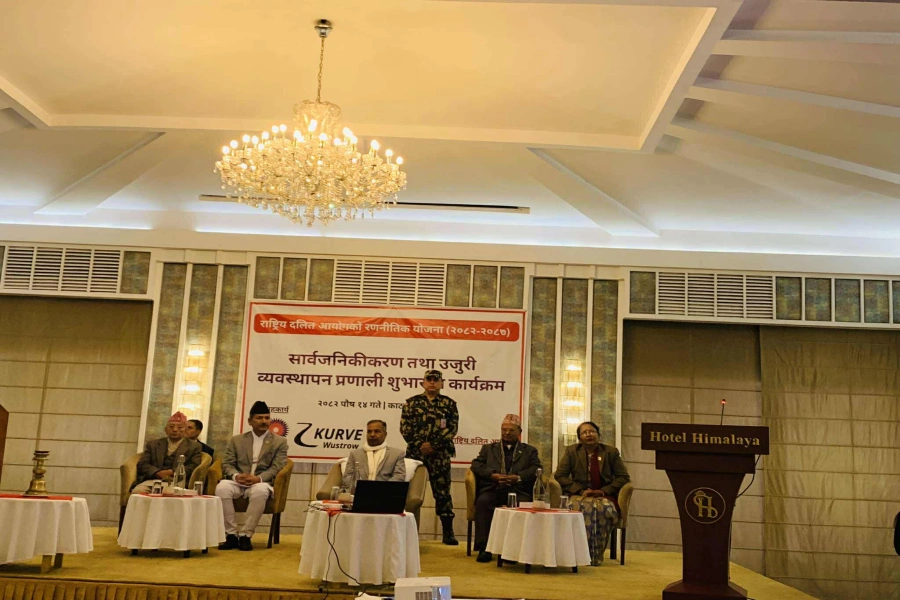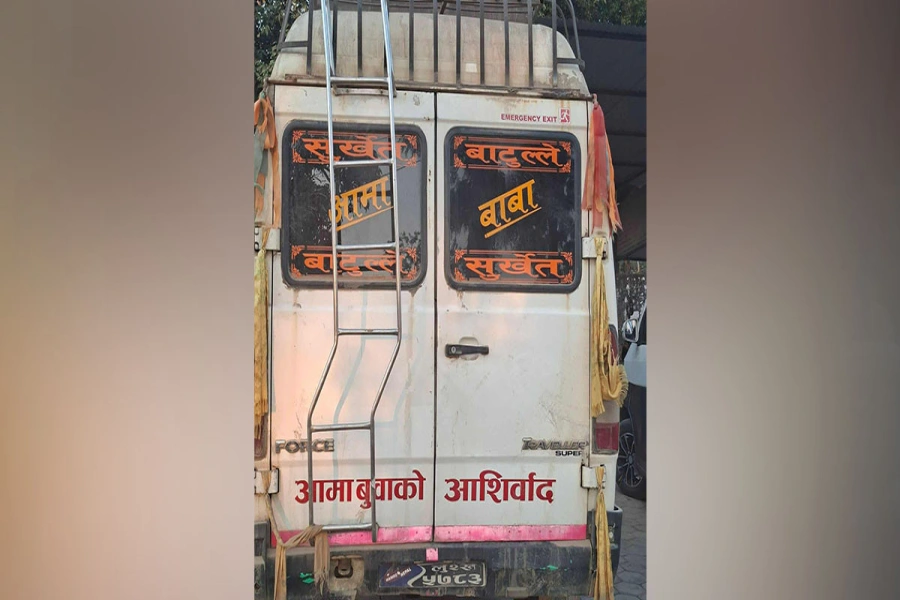KATHMANDU, March 30: A mobile application named Safa Hawa has been launched on Thursday with an objective to make public key information about the quality of air in the Kathmandu Valley.
Speaking at the launching ceremony, US Ambassador to Nepal, Alaina B Teplitz, said that she was hopeful that the knowledge to be provided by the app will expand awareness, and that breathers and policymakers can use the information to push for changes in policy that will make communities cleaner and healthier.
“Our goal is for the Safa Hawa app and the information that it makes available to help reduce the number of deaths and illnesses from air pollution and strengthen Nepal's capacity to manage national health risks,” said Teplitz.
Hawa Hawa to Oonchi Hai Building, 2017 was all about using old...

Bidhee Pvt Ltd developed the app with support of the US Embassy in Kathmandu. The app is available for free download in both on iOS and Android platforms.
Citing the Environmental Performance Index (EPI) released by Yale University and Columbia University in January, 2018, that ranked Nepal the worst for air-quality among 180 countries, she said the costs of air pollution are real, especially in terms of increased health care costs and the public health crisis it can cause. “Globally, air pollution is one of the leading risk factors for disease. Experts say that over 7 million deaths can be attributed to air pollution every year,” she said. “As we all know, many countries in South Asia, including Nepal, struggle with severe air pollution issues which impact the health and well-being of local populations.”
According to the Nepal Academy of Science and Technology, as many as 35,000 people lose their lives due to air pollution in Nepal every year.
In 2016, the US Embassy in Nepal installed two Air Quality Monitors in Kathmandu: one on the Embassy grounds, and other one at Fohora Durbar in Kathmandu's central Thamel area. These air quality monitors have provided real-time data on air pollution for both PM 2.5 particles and ozone.
She also drew attention toward the possibility of Kathmandu's air pollution distracting international investors. “Tourism will also suffer if people come here, hoping for views of the Himalayas but instead find them shrouded in smog,” she explained. “And from a very practical point, Kathmandu presents a very challenging aviation environment, given its terrain and congested airport. As pollution increases in Kathmandu Valley, visibility is limited, leading to more delays for aircraft approaching Tribhuvan International Airport.”
She expressed hope that solutions can be found in the form of filters, new manufacturing processes, and waste recycling in the future as well as data-informed policies.
“We can halt the burning of garbage and plastics in our neighborhoods and plant trees,” she said. “The government can control vehicle emissions. Businesses can change their processes, as well as develop solutions to environmental issues.”


